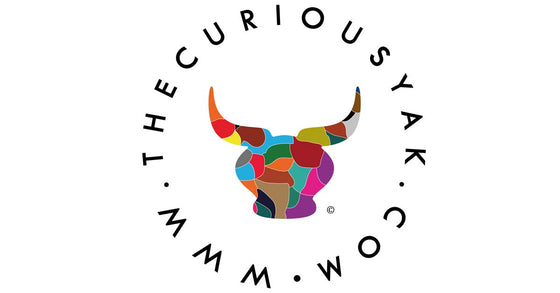
What is Yak Wool?
Getting to know Yak Wool
Yak wool is a fantastic fibre yet still uncommon within the fashion industry. Properties of this luxuriously soft material have gained motion in recent months due to newspaper articles.
Yak Wool – What is It?
Yak wool is high-quality wool featuring flexible, warm, soft and comfortable texture. It is used in the making of shawls and scarves but these products are scarcely found outside the Himalayan belt.
The yak, a domesticated bovine with long hair living in the Himalayan highland, is raised for commercial production of wool and thus, the name yak wool is derived. Yak, in this region, is herded by the mountain tribes from Nepal, Tibet and Mongolia.
Export quality yak wool is made from hairs of the yak’s belly due to their length and softness. Black and brown shades are the natural colour of yak fleece.

Sources of Yak
The origin of domesticated yaks can be traced back to thousands of years ago to the Tibetan Plateau. Like before, they are still used for milk, meat and fibre. In addition, these hardy species are largely used for trekking expeditions and carrying supplies through the dangerous hilly areas of the Himalayan foothills.
They live and breed at higher altitudes in very low temperatures. Yaks are believed to suffer from and even succumb to heat exhaustion if the temperature goes above 15 degrees. The developed countries are showing awareness and showering appreciation of these species. According to a recent estimation, more than 7,500 domesticated yaks are raised only in North America.
How Popular are Yak Products?
Cashmere and merino are more popular than yak despite its impressive properties. However, demand for yak is expected to explode in the coming decades due to increasing awareness of its fine quality. Yak shawls and scarves are rising in popularity across the globe, largely due to modernization of marketing that now resorts to online promotional practices to reach out to the global community.
How to Take Care of Yak Wool-Made Products
Yak wool is characterized by fine and flexible fibre. Frequent washing is not recommended. An effective alternative to washing is hanging your yak wool scarves in fresh, clean air for some time. If you want to give it cleaning, consider the following steps:
-
Use cool water for handwashing.
-
Use mild soap and add only a drop of it to water.
-
Remove excess water from the scarf without twisting or wringing.
-
Leave the scarf in a flat position to dry.
-
Make sure not to expose it to direct sunlight.
-
Avoid using a tumble dryer.
Dry cleaning is allowed. It retains the shine and softness of precious yak fibre. Be sure to let the cleaner know that the item is made of yak wool.
What Types of Fibre Are Obtained from Yak Wool?
Yak fibre is broadly categorized into two main types:
Coarse (>30 microns): This type is immensely strong and widely used by the nomadic people living in the Tibetan Plateau for weaving a variety of items such as bags, bedding, clothing and tents. Coarse wools are extensively used in Nepal to weave mittens and hats and these are in large demand among the foreign tourists.
Down (<30 microns):
This type refers to high-end luxurious yak wool. It is as soft as cashmere and is equal to, if not warmer in feel. Both the down and mid-type fibres start shedding during spring and early summer when the mercury in the thermometer rises. Because of its superlative quality, the down type yak is exported to foreign countries.
We have several items that fit into the luxury category. Our personal favourite is the plain truffle yak wool scarf. Both softer and warmer than cashmere it is the ultimate luxury gift. Available in two sizes, the smaller one is very popular among men.
All images on this blog have been taken by us with permission of all involved. All images are protected under copyright are not to be used without written consent.
